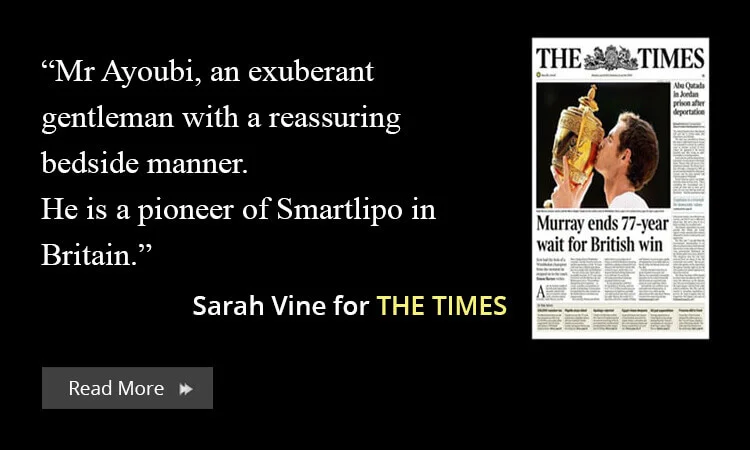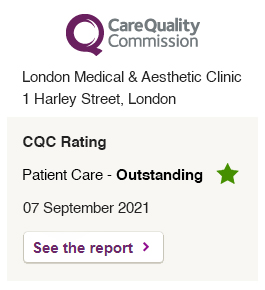Who is Breast Reduction for?
Breast reduction can help women over the age of 18 who suffer from unusually large breasts. The problem of large breasts, may cause problems at all ages and these are chiefly backache, neck pain, grooves in the shoulders from bra straps, rashes under the breasts and the feeling of self consciousness. Because of the sexual nature of breasts the undue prominence may attract unwanted attention from the opposite sex, comments and sexual innuendoes. These can cause psychological distress to many women.
Breast reduction is also suitable for men. This is known as Gynecomastia: Breast reduction for men is the surgical correction of over-developed or enlarged breasts in men. It can be the result of hormonal changes, heredity conditions, disease or the use of certain drugs.
Gynecomastia can cause emotional discomfort and impair your self confidence. Some men may even avoid certain physical activities and intimacy simply to hide their condition.
Read more Breast Reduction?
Female breast reduction, also known as reduction mammoplasty, is an operation to reduce the weight and volume of the breasts.
Breast size is determined by genes, hormones, body frame and weight. For most women, breast size is proportionate to the body, but for some, the breasts are particularly large.
Breasts are sensitive to the hormone oestrogen. They can grow during adolescence or later in life following the menopause, or because of the use of hormone replacement therapy. Some women also develop a noticeable asymmetry (difference in size or shape) between their breasts.
Breast reduction surgery can help women who are unhappy with the shape, weight or droop of their breasts by making them smaller and more lifted. However, breast size alters with body weight, so even after surgery, your breasts may increase in size if you put on weight or become pregnant.
Men can also experience enlarged breasts, known as gynaecomastia. Read more information about male breast reduction at the London Medical and Aesthetic Clinic.
During the procedure, fat, glandular tissue and skin are removed from the breasts, which are then reshaped and the nipples are repositioned.
The Breast Reduction operation involves the removal of excess breast and skin tissue to reduce the overall breast size, reshaping of the breast itself and repositioning of the nipple creating a higher bustline.
Breast reduction surgery is usually done under general anaesthetic (when you are asleep). You will be asked to follow fasting instructions before your operation. Typically, you cannot eat or drink for six hours before having the anaesthetic.
Surgery takes between two and four hours. You are usually required to stay in hospital for one or two nights.
Step by step Breast Reduction
There are various different ways to do a breast reduction. Your Surgeon will decide which is most appropriate for you depending on the size of your breasts and the desired outcome. The most common techniques are described below.
Anchor type or inverted T reduction: This is the most common type of breast reduction, this results in an anchor-shaped scar starting around the areola, travelling vertically down and then horizontally across the breast crease.
Vertical pattern breast reduction: This results in a circular scar around the areola, and a vertical scar passing downwards. This technique has the advantage of leaving no scarring under the breast and a lower chance of wound complications. However, this technique may leave a small fold of skin initially at the lower end of the vertical scar. This usually resolves itself within a few months but may require removal under local anaesthetic if it does not resolve.
Circumareolar reduction: This only results in a circular scar around the areola. This technique is only suitable when removing a small amount of tissue.
The surgeon will use a pen to mark areas of the skin where the incisions (surgical cuts) will be made. With your permission, the surgeon may also take a photograph of your breasts for use before and after images for your and the surgeon records.
Most breast reduction surgery begins with the nipple, which is moved to its new position, usually while still attached to the blood supply. If you have extremely large breasts, the nipples may be removed and repositioned as a skin graft. They will develop their own blood supply.
Excess skin and breast tissue are then removed. The remaining breast tissue is reshaped to create smaller and more elevated breasts.
Recovery after Breast Reduction
It is likely that your breasts will be swollen and feel tender and lumpy after surgery. However, this will not be the final look of your breasts. When you wake up after having breast reduction surgery, your breasts will be bandaged and plastic tubes may be attached to your breasts to drain blood away.
After one to two days, any tubes will be removed and you should be able to go home. You may experience some pain for a few days, but this can be relieved with painkillers.
Once you have returned home, depending on your age and general fitness, you will need to rest for two to six weeks. The length of time you need to keep the dressings on will depend on how quickly your wounds heal. After one to two weeks, your stitches will either dissolve or be removed at an outpatient clinic.
At your follow-up appointment, your surgeon will advise you when you can resume your normal activities and return to work. You may need to take two to four weeks off, depending on what your work involves.
Avoid stretching, strenuous exercise and heavy lifting for up to six weeks after your operation. You also need to keep your breasts fully supported by wearing a well-fitted wireless sports bra. Scars are usually quite red for the first six weeks after surgery. They then change to a purple colour over the next three months before fading to white. Most scars heal well, but occasionally patients are left with red and lumpy scars that do not improve in appearance.
Non-surgical Breast Reduction
For those individuals who do not wish to have surgery to reduce their breast size, then Smartlipo is a further option.
>Dr Ayham Al-Ayoubi at the London Medical and Aesthetic clinic has created a brand-new laser breast lift, which doe not involve knives or needles. Instead it uses a combination of laser-lipo and lasers to lift and tighten the breasts.
The Scar-free Breast Lift is a pioneering technique from Dr A Al-Ayoubi using Smartlipo MPX for breast enhancement and lifting reporting a 4 to 7cm lift, all with minimal pain bruising or swelling, less downtime and quick and efficient results.
Smartlipo Scar-free Breast Lift is the most recent application of Smartlipo technology. Laser breast lifting is suitable for women who have slightly droopy breasts caused by children, ageing or weight loss, it lifts and tightens the breasts.
This provides fast, efficient, with permanent results, the Breast Lift is like a facelift for the breast and works best on slightly droopy breasts caused by children, ageing or weight loss.
Taking around 1 hour for the total process the treatment takes place under a local anesthetic which results in minimal downtime for the patient.
History of Breast Reduction
Breast Reduction surgery has been performed for over twenty years, but the procedure was not a common plastic surgery request until about six to eight years ago. It is now so popular that it puts it in the top five most frequently requested procedures.
The aim of breast reduction surgery (reduction mammoplasty) is to achieve an improved balance between breast size and the rest of the body and to relive discomfort and symptoms associated with large breasts.
Where previously women with overlarge breasts size and the rest of the body and to relieve discomfort and symptoms associated with large breasts.
Where previously women with overlarge breasts simply had to accept their discomfort as their genetic heritage, just as small breasted women accepted theirs, the new acceptance of a woman’s right to control her own body contours has changed over the past twenty to thirty years.
The growing acceptance of cosmetic and corrective plastic surgery to obtain a balanced and more proportional shape and the increased amount of information available to the general public on this field of medicine has greatly increased the popularity of breast reduction surgery.














































